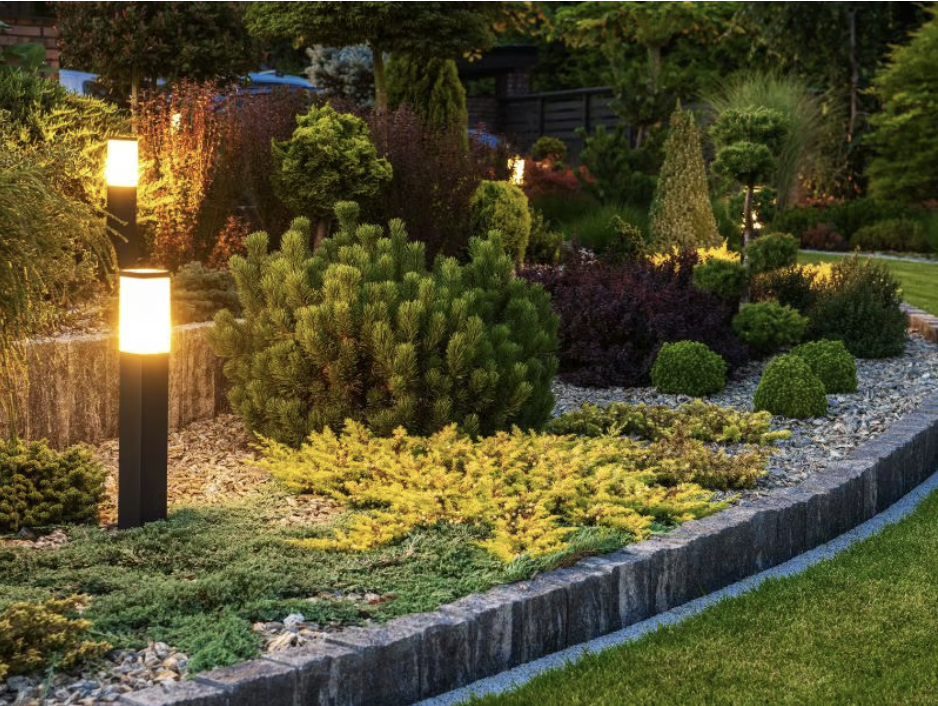




Rain gardens are eco-friendly landscape elements that take advantage of excess rainfall. You will often find them planted near depressions, sidewalks, and porches.
They are used not only as decorative elements but also to direct water into the ground, reducing the buildup in other areas around your home. Rain gardens are also constructed to catch stormwater runoff, protecting soil from destructive erosion and preventing polluted groundwater.
Rain gardens can be very effective at reducing polluted water especially in urban city areas where concrete is plenteous. City properties that experience excess stormwater are at risk of sending polluted water into streams and into the groundwater. By planting a rain garden near your urban property, you can help to lessen the amount of water that is propelled into the storm drains and do your part to reduce the toxic load on our planet.
During the cycle of rain, from when it falls from the sky to when it arrives at the storm drain, it can pick up dirt and waste materials that pollute it. Areas that experience high amounts of rain would benefit from rain gardens. A rain garden will reduce the amount of polluted water that becomes stormwater runoff while helping to conserve water as well.
Your rain garden will most likely need the help of a professional. It can be taken on as a DIY project, but with the intricacies of installation, you run the risk of costly mistakes. However, if you want to tackle it yourself, follow these tips:
Examine your property and notice how water flows and where it collects. Are there any hills or ditches? Slopes or mounds? Any variations in height could affect the flow of water. Choose your rain garden location after you have located the areas of your landscape where the most water flows.
Determine the size of your rain garden and if needed, consult a professional. A professional will also test your drainage to help you decide what type of rain garden you will need.
The first step to installing a rain garden is to grab a shovel and start digging. This is not like any ordinary digging where flowers are planted. This installation requires knowledge of the bed, the right plants and the flow of water.
Also, leveling is very important and should be done after digging is complete. Examine the slope of the area. If sloping is present, you may need to build a berm (earthen dam) into the side and edge of the rain garden. Use native plants and find out the properties of your soil and whether it needs additional organic matter.
The installation might be difficult, but maintenance is a breeze. Keep the rain garden full of mulch and remove weeds as needed. Give the plants plenty of water so over time they can build strong, deep roots that won’t require as much future maintenance unless you experience a drought.
Rain gardens are beautiful and help the environment at the same time. They are wildly popular and add creativity and life to any landscape.